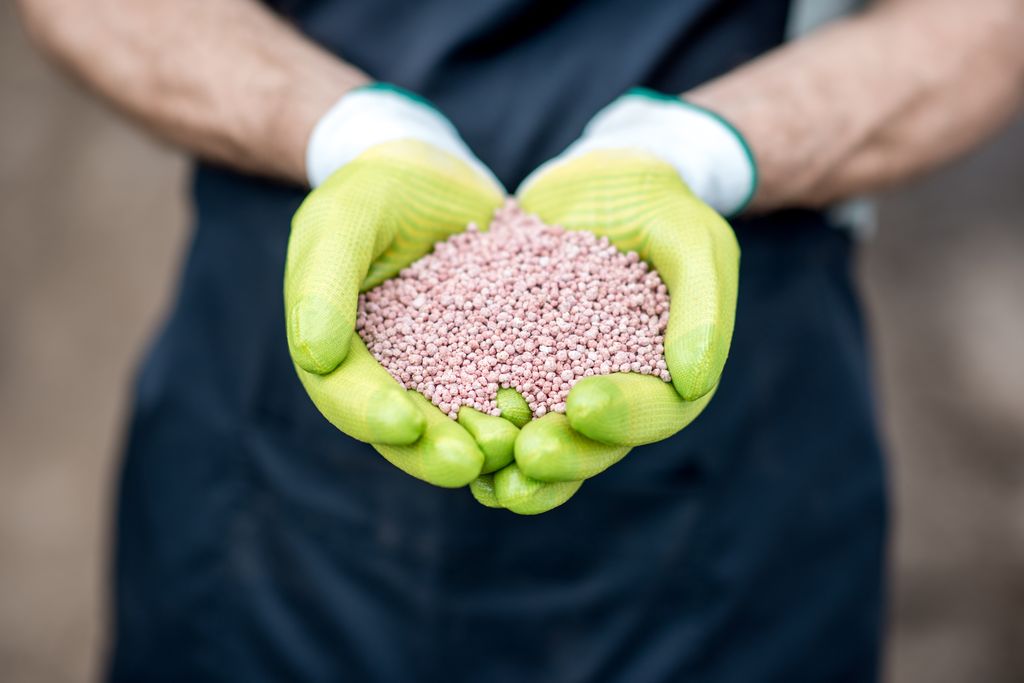Are you tired of looking at a lackluster lawn but worried about the costs of lawn fertilization? You’re not alone!
Many homeowners want a lush, green yard without draining their wallets. Luckily, you can achieve that beautiful lawn you dream of with budget-friendly lawn fertilization methods.
Today, we’ll share practical tips and strategies to help you fertilize your lawn effectively without breaking the bank.
This post contains affiliate links. As an Amazon Associate, I earn from qualifying purchases at no additional cost to you.
Understanding Lawn Fertilization
Before diving into the budget-friendly tips, let’s take a moment to understand what lawn fertilization is all about.
Fertilization is the process of supplying your lawn with essential nutrients that promote healthy growth.
These nutrients typically include nitrogen, phosphorus, and potassium (often referred to as N-P-K).
When done right, lawn fertilization can lead to a vibrant, resilient lawn.
Why Lawn Fertilization Matters
- Promotes Healthy Growth: Fertilization encourages robust root development and lush foliage.
- Improves Appearance: A well-fertilized lawn has a rich green color and a thick, carpet-like texture.
- Enhances Pest Resistance: Healthy lawns are more resistant to pests and diseases.
Budget-Friendly Lawn Fertilization Tips
Now, let’s explore how you can fertilize your lawn on a budget. Here are some effective strategies:
1. DIY Organic Fertilizer
Instead of purchasing expensive fertilizers, consider making your own organic fertilizer. Here’s a simple recipe:
| Ingredients | Benefits |
|---|---|
| Grass Clippings | Rich in nitrogen, promotes healthy growth. |
| Kitchen Scraps (Vegetable peels, coffee grounds) | Adds nutrients and improves soil structure. |
| Eggshells | Provides calcium, strengthens cell walls. |
Mix these ingredients in your compost pile for a nutrient-rich fertilizer. Just remember to let it decompose for a few weeks before using it on your lawn!
Here are more DIY organic fertilizer options you can make at home for your lawn:
| Solution | Ingredients | Instructions |
|---|---|---|
| Compost tea | Compost, fine mesh bag or pantyhose, water | Place compost in a fine mesh bag or pantyhose and steep it in a bucket of water for 24-36 hours. Apply with a pump sprayer. |
| Coffee grounds mixture | 1/2 pound used coffee grounds, 5 gallons water | Mix the coffee grounds with water to create a nitrogen-rich solution. Spray on the lawn. |
| Grass clippings | Grass clippings | Leave grass clippings on the lawn after mowing to decompose and provide nitrogen. |
| Epsom salt solution | 1 cup Epsom salt, 1 cup ammonia, 2-3 tablespoons of the mixture, water | Mix Epsom salt and ammonia. Add 2-3 tablespoons of this mixture to a watering can and spread over 200 square feet of grass. |
| Kitchen scrap blend | Fruit and vegetable peels, coffee grounds, eggshells, water | Puree the scraps in a blender. Dilute with water and apply using a modified hose-end sprayer or watering can. |
| Molasses and Epsom salt mix | Epsom salt, molasses, water | Combine Epsom salt and molasses in a 1:2 ratio. Dissolve in 5 gallons of water and spray on the lawn every 2-3 months. |
| Beer and soap mixture | 1 can of beer, 1 can of non-diet soda, 1 cup of baby shampoo, 10 gallons of water | Mix beer, soda, and shampoo in water. Apply with a hose-end sprayer. |
When using these homemade fertilizers:
- Apply sparingly at first and monitor your lawn’s response.
- Avoid using meat, dairy, or oily food scraps in compost-based fertilizers.
- Perform a soil test to understand your lawn’s specific nutrient needs.
- Be cautious with ammonia-based solutions to avoid lawn burn.
These DIY organic fertilizers are cost-effective, environmentally friendly, and can improve your lawn’s health over time. Remember to adjust the application based on your lawn’s specific needs and response.
2. Soil Testing
Understanding your soil’s nutrient content is crucial.
A simple soil test can reveal what your lawn truly needs. Many local extension services offer affordable soil testing kits.
This way, you can avoid over-fertilizing and wasting money on unnecessary nutrients.
3. Timing is Everything
Applying fertilizer at the right time can make a huge difference:
- Spring: Ideal for cool-season grasses. Fertilize when the grass begins to grow.
- Summer: Avoid heavy fertilization. Light feeding may help if the grass shows signs of stress.
- Fall: Perfect for cool-season lawns. This is when they prepare for winter.
By timing your fertilization correctly, you’ll maximize the effectiveness of the nutrients and minimize waste.
4. Use Slow-Release Fertilizers
Slow-release fertilizers provide a steady supply of nutrients over time, reducing the need for frequent applications. While they might have a higher upfront cost, they can save you money in the long run by extending the time between applications.
5. Apply Fertilizer Sparingly
Over-fertilizing can harm your lawn and your wallet.
Here are some tips for applying fertilizer effectively:
- Follow the recommended application rate on the fertilizer package.
- Use a broadcast spreader for even distribution.
- Avoid applying fertilizer before heavy rain to prevent runoff.
6. Consider Grass Type and Climate
Different grass types and climates have unique nutrient needs.
Do some research on your specific grass species and tailor your fertilization approach accordingly.
For instance, Bermuda grass thrives in warm weather and may require different care than fescue.
| Grass Type | Best Fertilization Period | Nutrient Needs |
|---|---|---|
| Bermuda Grass | Late Spring to Summer | High nitrogen |
| Fescue | Fall and Spring | Moderate nitrogen, high phosphorus |
| Kentucky Bluegrass | Spring and Fall | Moderate nitrogen |
Conclusion
Fertilizing your lawn doesn’t have to be an expensive endeavor. By using homemade fertilizers, timing your applications, and understanding your lawn’s specific needs, you can maintain a vibrant green yard on a budget.
Remember to test your soil, apply fertilizers sparingly, and choose the right products for your grass type. With these tips, you’ll be well on your way to achieving a healthy, beautiful lawn without breaking the bank!
So, what are you waiting for? Grab those kitchen scraps, start composting, and give your lawn the love it deserves. Happy fertilizing!



